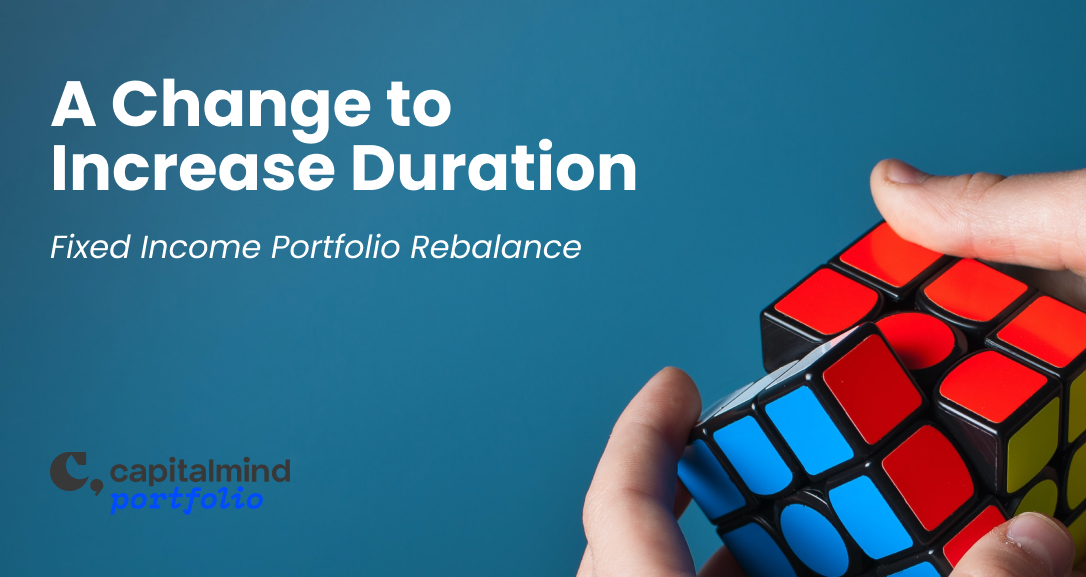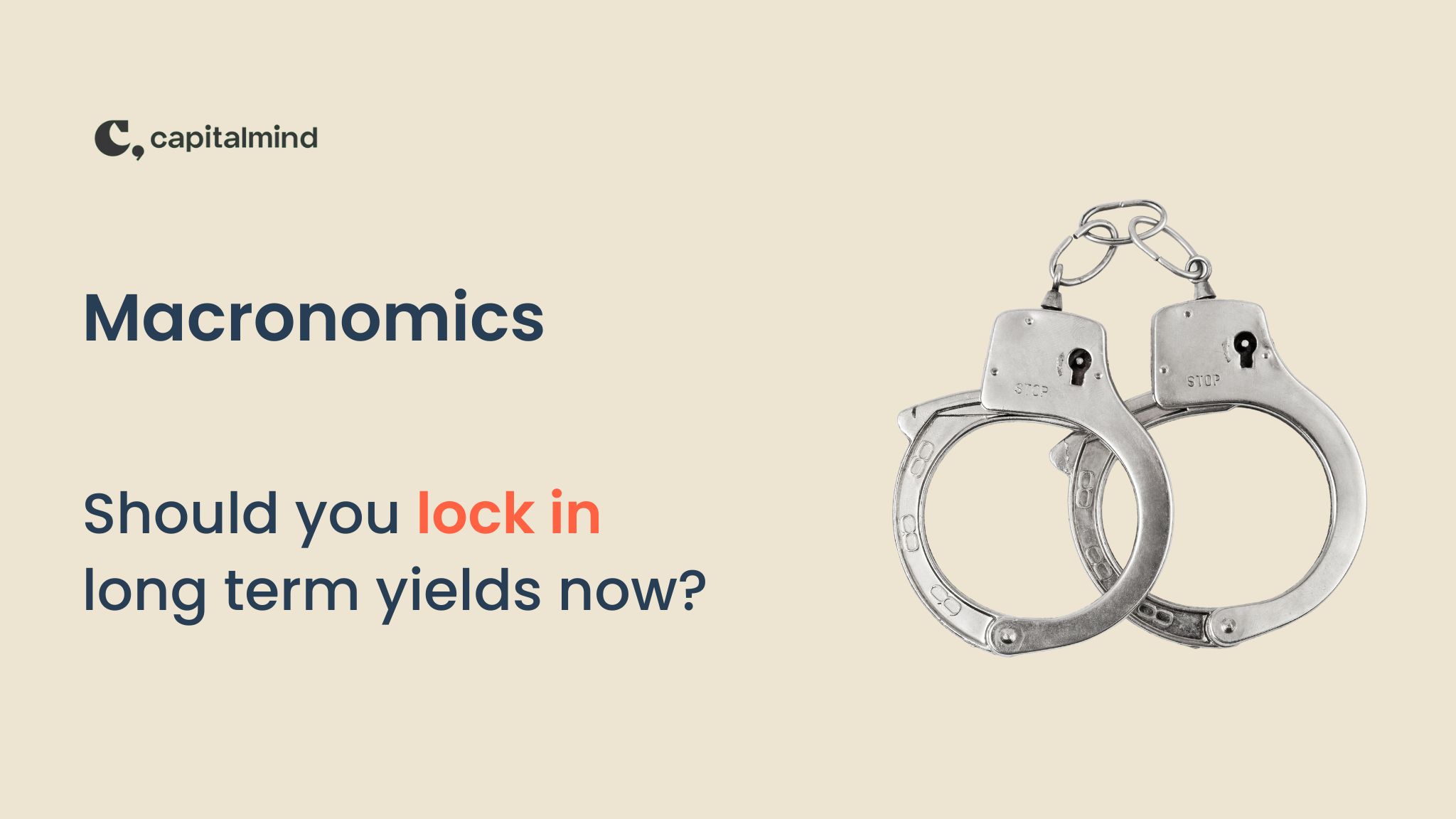Want to earn decent interest income from your investment and keep it in full without paying taxes on it? Tax-free bonds may well be the answer for you to get reasonable returns without taking risks. These bonds are especially helpful for those in the higher tax brackets, given that interest from regular deposits and bonds is fully taxable. While these may be good alternatives to fixed deposits currently, for investors with a 3-4-year horizon, a few passive debt funds investing in PSU bonds and state development loans from the Edelweiss stable may offer better yields. For longer tenures, the Bharat Bond ETFs may be better alternatives.
Thanks to the general bond-market roil in light of rising interest rates and RBI’s recent repo hike, there are AAA-rated tax-free bonds issued by Government companies and offer yields of 5-5.2%. These bonds are not available in the primary market anymore. So, investors will have to buy these only from the exchanges – BSE and NSE. Index debt funds maturing over the next 3-4 years offer nearly 7% yield.
Here is what you must know before allocating to each of these debt investments.
Who are the issuers of tax-free bonds?
Public sector companies and funding agencies are the ones that were allowed to come out with such bonds 7-8 years ago. Usually, these are institutions that are involved in funding infrastructure, roads, agriculture, power sector, railway electrification and other developmental projects. These bonds were issued for periods of 10-20 years.
So, the likes of REC (Rural Electrification Corporation), NHAI (National Highways Authority of India), NABARD (National Bank for Agriculture and Rural Development) and IREDA (India Renewable Energy Development Agency), IRFC (Indian Railway Finance Corporation), HUDCO (Housing and Urban Development Corporation) among a few others were allowed to issue tax-free bonds and these now trade on the exchanges.
Note: No tax free bonds have been issued in the last few years because the government stopped that practice a few years ago. The past bonds will continue to trade and be serviced till they mature.
Are these bonds safe?
As indicated earlier, these bonds are issued by government companies that are ‘Miniratnas’ involved in funding developmental projects. All of them are rated AAA by one or more of CRISIL, ICRA and CARE. With the government’s implicit backing in place, these bonds carry very low credit risk. These firms have never defaulted on interest or principal payments to bondholders.
The non-performing assets of these companies remains at 1-2% at the net level and thus largely under control. While the risk of default on these bonds is low, investors must hold these bonds till maturity to fully realize their yields. If they try to exit mid-way, the yields may turn out lower than what they could possibly get if they held these till maturity.
Bonds that look attractive
IRFC, NHAI, HUDCO, REC and IREDA offer bonds with different maturities that trade at yields in excess of 5%. It is in the current market (May 2022) that yields northwards of 5% are available for 3.5 to 9-year residual maturities. Residual maturity is the period between the purchase of the bond till it matures. The yields are better than the post-tax returns investors would get from taxable bonds and deposits. The table below gives details of a few series of tax-free bonds that are traded on the exchanges.
Investors not wishing to lock in their amounts for very long periods can consider bonds maturing over the next 3-4 years. The same company has issued multiple series of bonds. We have taken a few bonds that offer 5% or higher yields.
Even if a fixed deposit offers 7% interest, what you get post-tax in the 31.4% or 42.7% tax slab would be 4.8% and 4.1% respectively. That is much lower than the 5%+ yields in tax-free bonds.
Note that the coupon rates and yields are different. Coupon rate is the interest paid on the face value of the bond (Rs 1000). The yield is the return you would make if you bought the bond now and held it till maturity.
You can learn more about bonds of all hues from this video that we at Capitalmind prepared a while ago.
Please note that these higher yields hold for investments of up to Rs 10 lakh. For investments beyond Rs 10 lakh, the coupon is brought down by 10-25 basis points in certain cases. So a larger portfolio will need to account for a lower coupon (and thus, yield) before it’s built.
For example, if more than Rs 10 lakh is invested in the IRFC bond maturing in 2030, the coupon is reduced by 25 basis points to 7.28%. This would reduce the yield to maturity from 5.23% to 5.00%.
But there are better options for investors
Now passive debt funds (ETFs) managed by Edelweiss are offering you higher yields than these tax-free bonds. If you are willing to lock-in your money for a period of 3-4 years, there is scope to earn yields of 6.8% or higher post tax. Edelweiss CRISIL PSU Plus SDL 50:50 Index Fund maturing in October 2025 and two Edelweiss Nifty Bond Plus SDL Index Funds maturing in April 2026 and 2027 offer a portfolio yield of 7.1% to 7.27%
Then there are Bharat Bond ETFs maturing over 2030-2032 that offer even higher yields, at 7.60% to 7.64%. And these funds and ETFs invest in the relatively safer avenues such as state government loans, debt instruments of public sector companies etc.
What is critical to note here is the post-tax yield. So, long-term capital gains, that is bonds held for three years or more, are taxed at 20% with indexation benefit. Now, inflation being what it is now, the post tax yields would be attractive. Assuming that inflation is 6% on an average, the post-tax return on the fund maturing in October 2025 would be close to 6.8%. Given that risks are low in these bonds and the post-tax yields are higher, they clearly score over tax-free bonds.
The tax-loss-harvesting angle
Tax-free bonds pay an annual interest at a specified coupon rate. The entire interest paid is tax free in your hands. For those in the 31.4% to 42.9% tax band would find these payouts offering them a better deal than fixed deposits.
Investors can also save on capital gains. Given that the bond prices traded in the market are much higher than the face value of Rs 1000, if these bonds are held till maturity, investors can treat the difference in buy price and face value as a capital loss, even though you do not strictly incur a capital loss. So, if you bought an REC bond maturing in December 2027 at Rs 1132 and held it till maturity, you would receive maturity proceeds of Rs 1000 face value. Although you do not lose any amount in the transaction, the fact that there is a price difference of Rs 132 (1132 minus 1000) means that you can claim a capital loss of Rs 132 per bond.
This capital loss can be set off against gains made in equity or debt, short-term or long-term. So, this loss harvesting is an added advantage of investing in these tax-free bonds. In the case of Bharat Bond ETFs and Edelweiss Debt Index Funds, the gains made after three years are taxable at 20% after indexation. With inflation remaining well above 6%, the post-tax returns are much more attractive than those on tax-free bonds.
What can investors do?
Investors in the highest slabs can consider these bonds for earning tax-free income. They may, however, have to factor in lower yields in case they choose to invest more than Rs 10 lakh in tax-free bonds.
They can choose the relatively shorter tenures to invest if they feel that interest rates would rise further, and thus make higher yields available later.
One key point to note is that the investors must put through the trade via their demat accounts carefully. They must note that yields change based on the bid price and so price is critical to receiving better yields. A simple market order will not do in this case.
Also, volumes are pretty low in trading with tax-free bonds. On most days trading is just for a few lakhs of rupees or not at all. Therefore, while trading, investors must check if sufficient volumes are available so that a higher price needn’t be paid to buy the bonds.
Make only small allocation to such funds in your portfolio, if at all. The mere fact that it is tax free is not reason enough for you to rush and buy these bonds, especially at higher prices.
The Edelweiss Passive debt funds and the Bharat Bond ETFs, on the other hand, offer attractive opportunities for investors willing to lock-in for the next 3-9 years. The added advantage is that a sticky inflation means that indexation benefits are much higher in the case of these funds and ETFs. In fact, for the index fund maturing in April 2026, there is the scope for adding four years of indexation since that falls four financial years ahead. So, if the indexation benefit is added for the fourth year, there may be scope for capital loss harvesting without incurring any loss as well.
You can thus make higher allocations to Bharat Bonds and Edelweiss Index Debt Funds maturing from 2025 to 2027.






